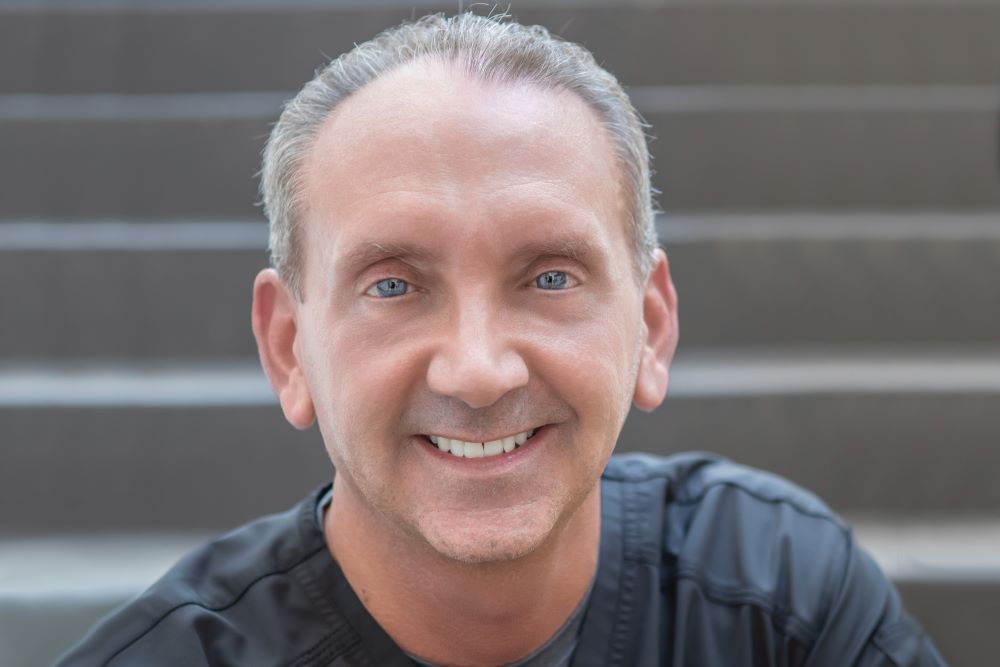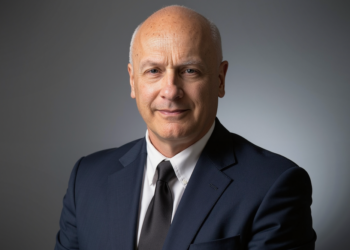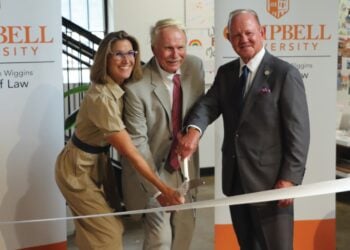In the fall of 1989, Steven Brown, a young law student, began to experience severe lower back, knee and shoulder pain from weightlifting injuries. The only relief he found was through his chiropractor.
“I decided that if I am going to spend all this time and money on a graduate degree I may as well get one that will help me take care of myself. So I became a law school dropout and enrolled at Logan College of Chiropractic in St. Louis.”
Brown has maintained a full-time clinical practice providing chiropractic and acupuncture treatments for 30 years.
AALM: How did you first come to work as an expert witness?
SB: In the summer of 2016, I was headhunted by a recruiter from the Expert Institute in New York for a case of stroke following cervical spine manipulation. Even with their network of experts and connections they could not find a chiropractic expert witness who would review the case for the plaintiff. I accepted the case and found the issue so interesting I put my name out there. The cases began to come in and never stopped.
AALM: You’re working to become a Diplomate of the International Academy of Neuromusculoskeletal Medicine. Tell us a bit about this certification.
SB: This is an amazing 300-hour Diplomate program offered through the University of Bridgeport postgraduate chiropractic program. I think it should be mandatory for all chiropractic physicians. The amount of clinical knowledge taught is formidable. If all chiropractic physicians had this Diplomate, there would be far less misdiagnosis and malpractice lawsuits in the chiropractic profession.
AALM: You’ve worked on almost 50 cases involving the causal relationship of cervical spine manipulation with cervical artery dissection and stroke. Tell us a bit about these cases and your research on the matter.
SB: I have tried to do my best to bring a new perspective to this issue in the published research. Medical critics claim chiropractic cervical spine manipulation is causing the arterial dissection and the stroke. Chiropractors insist cervical spine manipulation is not causing either. A review of the case evidence and research shows neither are correct. It is more likely that the neck pain and headache from cervical artery dissection are causing patients to seek chiropractic care. Chiropractic physicians miss the diagnosis of dissection and treat the neck pain and headache as a routine neuromusculoskeletal condition. The blood clots that form in the cervical arteries as they heal from the dissection can be dislodged by the rapid head and neck movement of cervical spine manipulation and travel to the brain where they can cause ischemic stroke. This causal mechanism is straightforward and supported by research since at least 1989.
There is only a small group within the medical and chiropractic professions who are willing to follow the research and evaluate the issue objectively.
AALM: How would you describe your approach to your work as an expert witness?
SB: Put aside dogmatic beliefs and follow the case evidence and the research wherever it leads. I have given numerous adverse opinions to the plaintiff and the defense over the years. The lives and health of patients, and the careers of chiropractic physicians, are on the line in many of these cases. Patients and physicians both deserve an ethical, well-researched opinion on the standard of care and causation in a malpractice case.
AALM: With close to a decade of experience as an expert, what changes do you see on the horizon?
SB: Some within the chiropractic profession are seeing the majority of injuries caused by chiropractic physicians are the result of the failure to diagnose and refer existing conditions that contraindicate spinal manipulation. It is my experience that the treatment skills of most chiropractic physicians are not the issue; it is their diagnosis skills that need improvement. The 300-hour Diplomate program would go a long way to increasing the diagnostic capabilities of the chiropractic profession.
I hope to see an increased emphasis on teaching differential diagnosis in chiropractic education. I applaud the efforts of Dr. James Lehman and Dr. Vanessa Morales in this area. I am confident the new chiropractic program at the University of Pittsburgh under the leadership of Dr. Michael Schneider will be placing a premium on the diagnostic skills of their graduates.
For more information, visit thechiropracticexperts.com.








